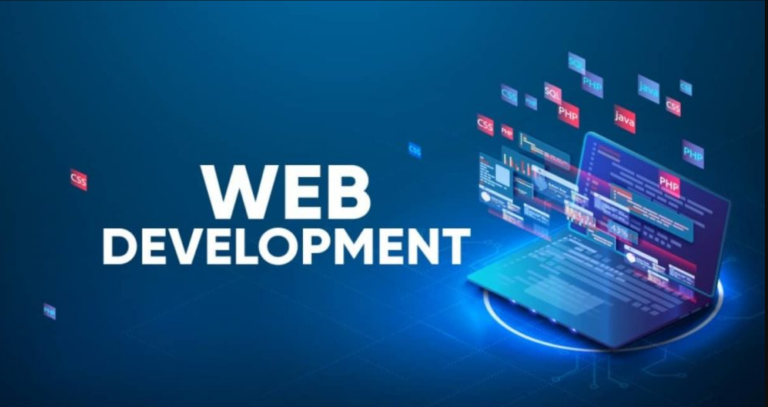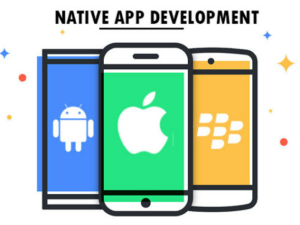Introduction:
In the fast-paced world of web development, staying ahead of the curve is essential for creating cutting-edge websites and applications. As we step into the latest trends and technologies, it’s crucial for developers to adapt and evolve. In this blog post, we’ll explore the current landscape of web development, highlighting key trends and technologies that are shaping the industry.
- Responsive Web Design and Mobile-First Approach:
With the increasing use of smartphones, a mobile-first approach has become a standard practice in web development. Responsive web design ensures that websites look and function seamlessly across a variety of devices. Google’s mobile-first indexing prioritizes mobile-friendly websites, making it imperative for developers to prioritize mobile responsiveness in their projects.
- Progressive Web Apps (PWAs):
Progressive Web Apps continue to gain popularity as they combine the best of both web and mobile applications. PWAs offer a native app-like experience, with features like offline functionality, push notifications, and fast load times. They are a game-changer for improving user engagement and providing a smoother experience.
- JavaScript Frameworks and Libraries:
JavaScript remains a dominant player in web development, and frameworks like React, Angular, and Vue.js are widely used for building interactive and dynamic user interfaces. Reed Dynamic has a team of developers have years of experience using these frameworks in streamlining development processes, enhance code maintainability, and contribute to the overall performance of web applications.
- Serverless Architecture:
Serverless computing has revolutionized the way developers deploy and scale applications. With services like AWS Lambda and Azure Functions, developers can focus on writing code without managing the underlying infrastructure. This approach improves scalability, reduces costs, and accelerates development cycles.
- Jamstack Architecture:
Jamstack (JavaScript, APIs, and Markup) is gaining traction as a modern architecture for web development. By decoupling the frontend from the backend, Jamstack simplifies the development process, improves performance, and enables the use of various APIs to enhance functionality.
- WebAssembly (Wasm):
WebAssembly is changing the game by enabling high-performance code execution in web browsers. Initially designed as a binary instruction format for the web, Wasm allows developers to write code in languages like C, C++, and Rust, opening up new possibilities for performance-intensive tasks on the web.
- Web Components:
Web Components, a set of web platform APIs, allows developers to create reusable and encapsulated components. With the growing support from major browsers, Web Components are becoming a standard for building modular and maintainable web applications.
Conclusion:
As web development continues to evolve, staying informed about the latest trends and technologies is crucial for developers aiming to deliver exceptional user experiences. At Reed Dynamic, our team of developers can help you embrace a mobile-first approach, adopting serverless architecture, or exploring the potential of WebAssembly, the key lies in adapting to change and embracing innovation. By keeping pace with the dynamic landscape of web development your website, app or e commerce projects can push the boundaries of what is possible on the web.




